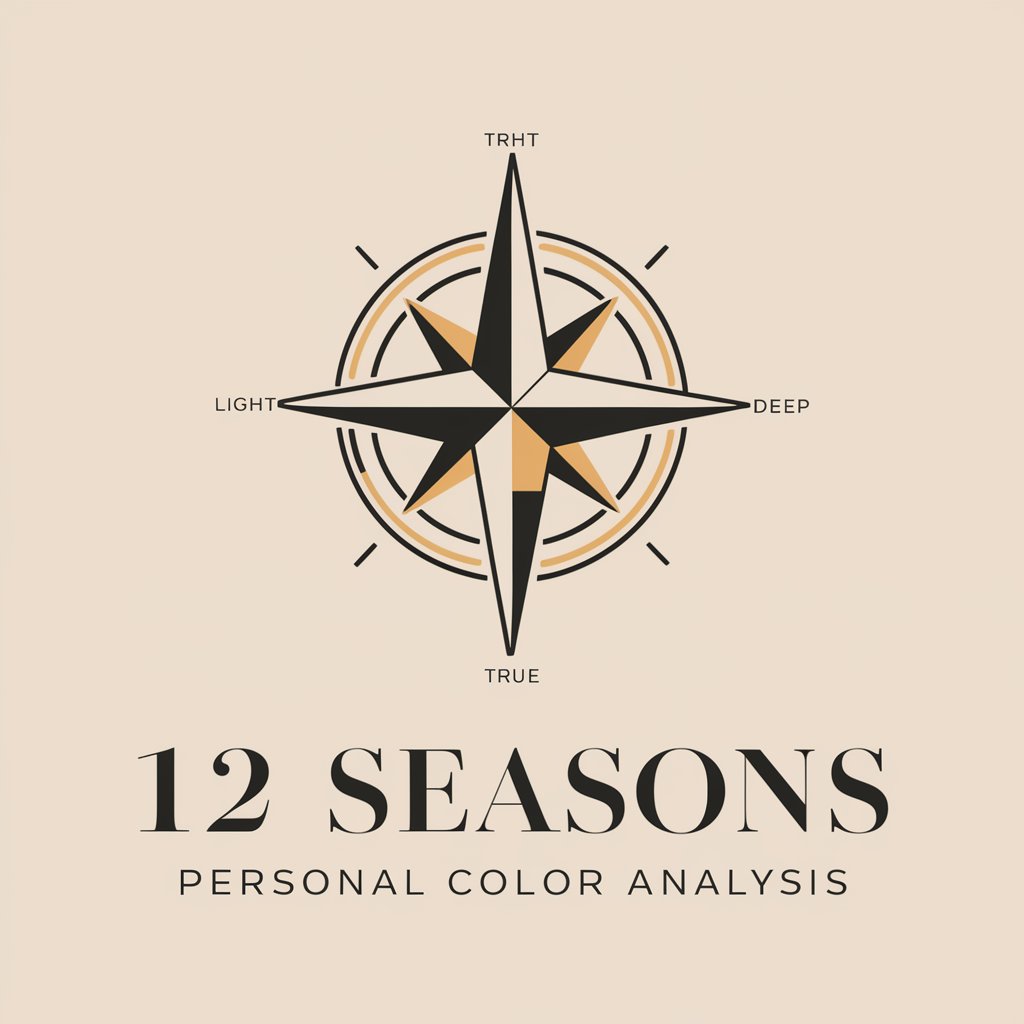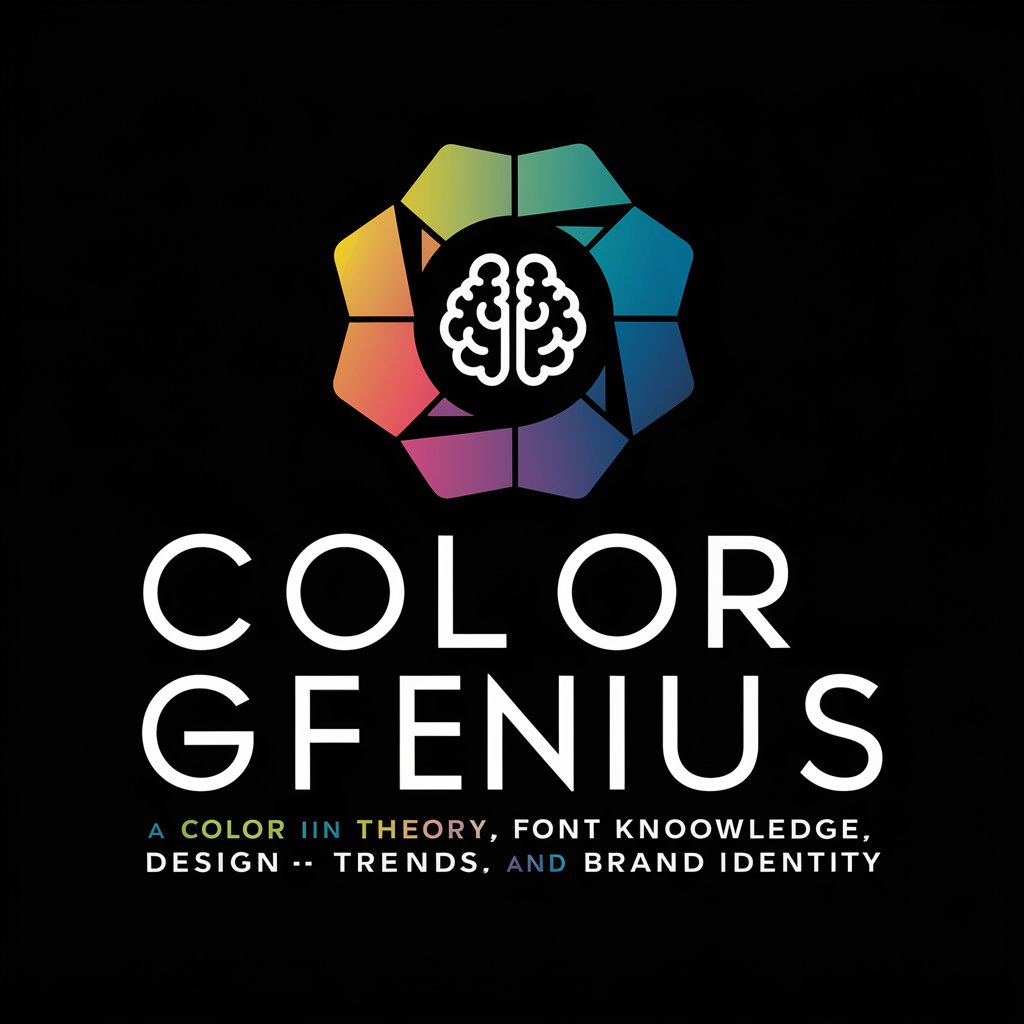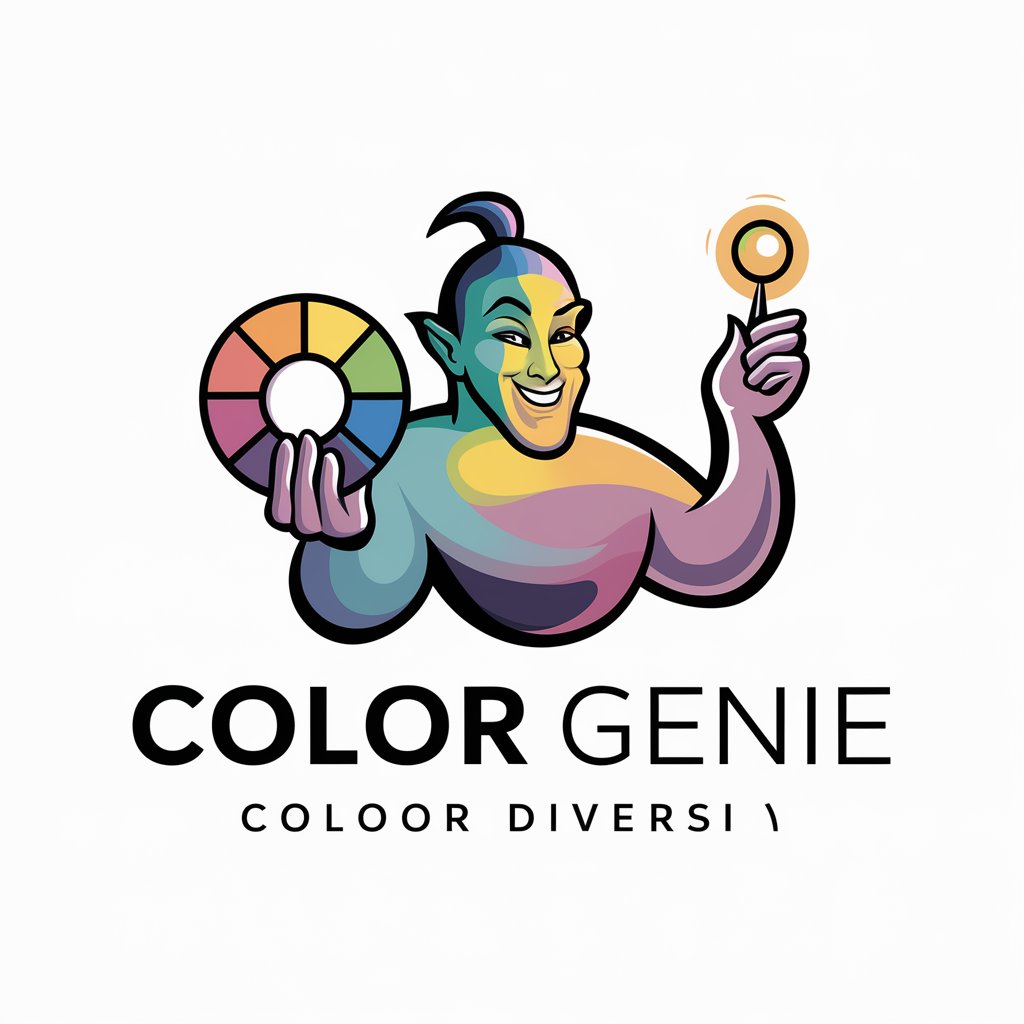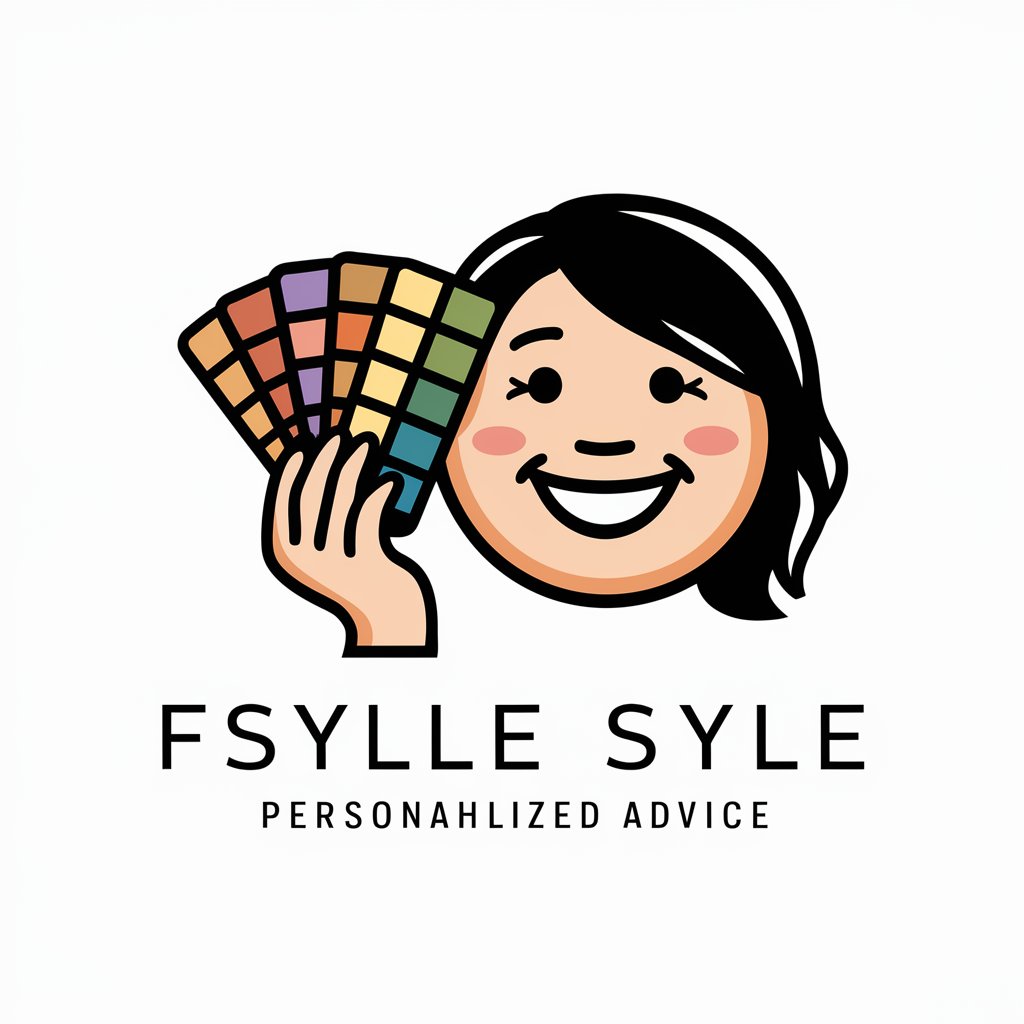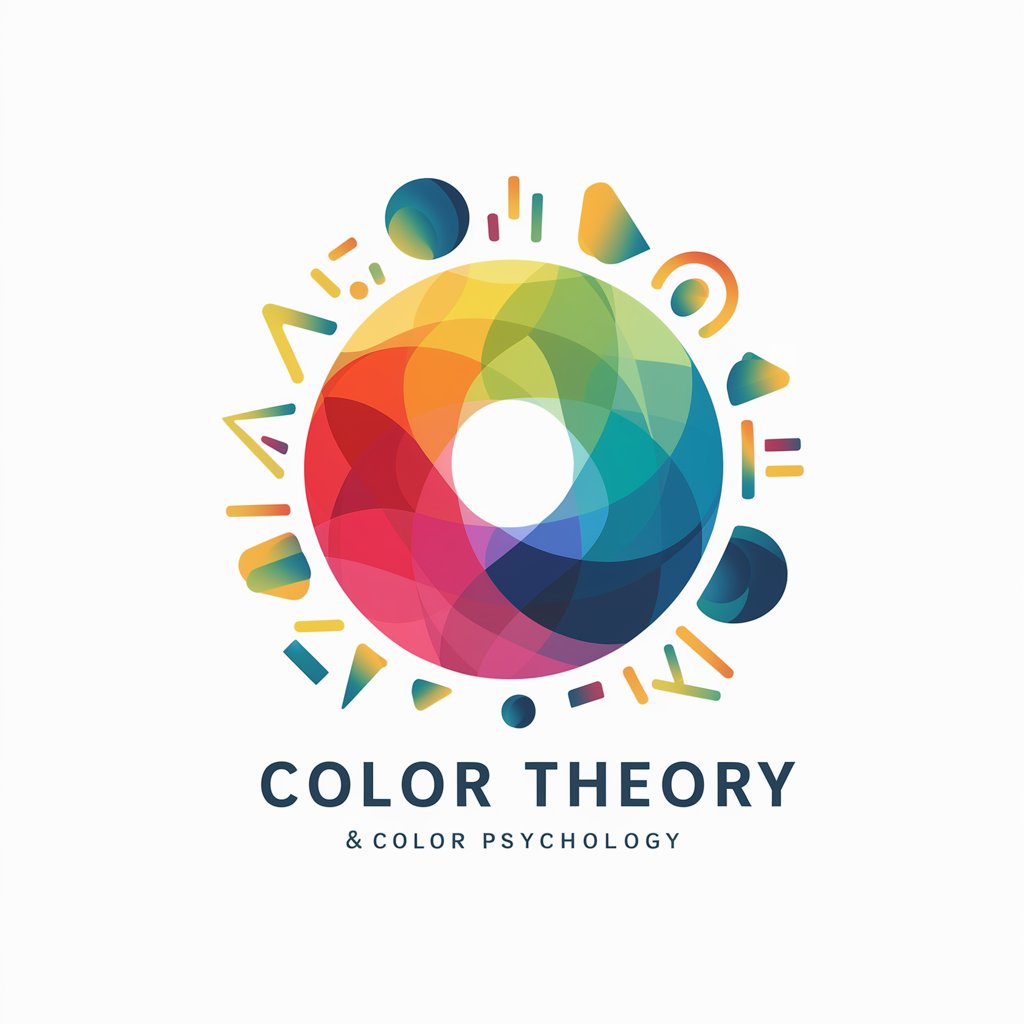
Color Psychology - Color Psychology Exploration
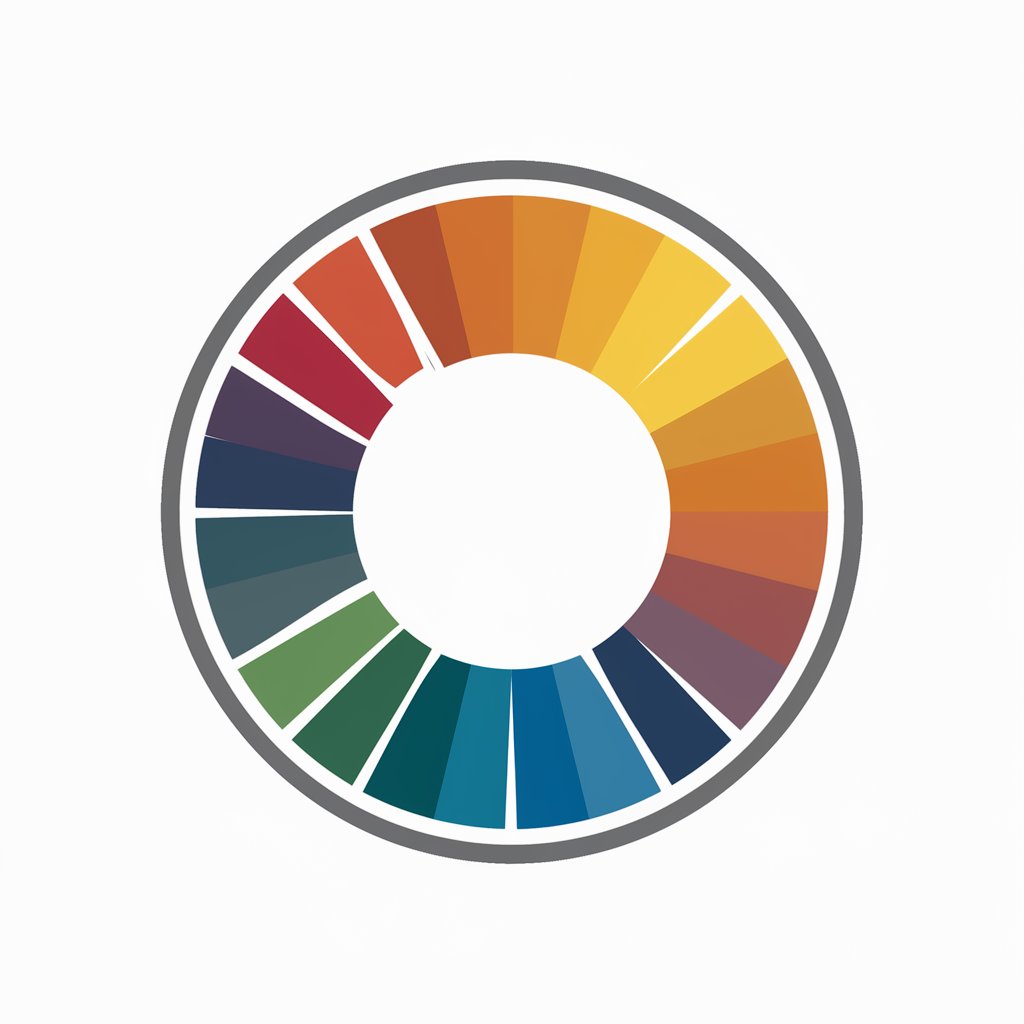
Welcome to the world of color psychology insights!
Unveil Emotions with AI-Powered Color Insights
Explain the psychological impact of the color blue.
Describe how red can influence emotions in marketing.
How does green affect productivity and well-being?
What are the emotional responses to the color yellow?
Get Embed Code
Understanding Color Psychology
Color Psychology delves into the profound impact colors have on human behavior, emotions, and decision-making. Each color carries specific psychological connotations, influencing perception and interaction with the world. For instance, red often evokes feelings of passion and urgency, commonly utilized in marketing to create a sense of excitement or importance. On the other hand, blue, known for its calming effect, is frequently used in corporate settings to inspire trust and stability. Powered by ChatGPT-4o。

Core Functions of Color Psychology
Emotional Influence
Example
In marketing, red is used in clearance sales to invoke urgency, compelling quick customer action.
Scenario
Retail stores designing sale signs and promotional materials.
Environmental Impact
Example
Hospitals often use green or blue in patient rooms to promote a healing and calm environment.
Scenario
Healthcare facilities considering interior design elements.
Brand Identity Development
Example
Tech companies often use blue to convey reliability and trustworthiness.
Scenario
Startups developing their brand logo and color scheme.
Mood Enhancement
Example
Fitness centers use vibrant colors like orange to boost energy and motivation.
Scenario
Gyms designing their interior spaces.
Ideal Users of Color Psychology Services
Marketers and Advertisers
These professionals can leverage color psychology to create compelling campaigns that resonate with their target audience, enhancing brand recall and influencing purchase decisions.
Interior Designers
Designers can use color psychology to craft spaces that evoke desired emotions, such as relaxation in homes or productivity in offices.
Product Designers
Understanding color psychology helps in choosing color schemes that appeal to consumers' emotions, enhancing product attractiveness and functionality.
Corporate Branding Specialists
Specialists in corporate branding can use color psychology to develop brand identities that align with company values and public perception.

Utilizing Color Psychology Effectively
Explore Free Trial
Begin by visiting yeschat.ai to access a free trial of the tool without the need for logging in or subscribing to ChatGPT Plus.
Understand Color Meanings
Familiarize yourself with the psychological implications of different colors, including their impact on mood, perception, and behavior.
Identify Use Case
Define your specific objective, whether it's for branding, personal use, or academic purposes, to apply color psychology appropriately.
Experiment with Colors
Experiment with different color schemes and combinations, observing the emotional and psychological responses they elicit.
Apply and Assess
Implement your chosen colors in the intended context and continuously assess their effectiveness in achieving your desired outcome.
Try other advanced and practical GPTs
Bright Side Buddy
Transform challenges into opportunities with AI.

Choose Flower
Blossom Your Ideas with AI

KSLAbadominton ALL analyst
Elevating Badminton Skills with AI-Powered Insights

Data Sage
Insightful Analytics Powered by AI

Albert Einstein
Exploring the Universe with Einstein's AI

Pragmatic Fitness Coach
AI-Powered Personal Fitness Companion

NEXT.js Copilot
Elevate Your Web Projects with AI

Parenting Partner
Empowering Parents with AI Wisdom

NutriSnap
Snap, Analyze, and Optimize Your Diet

Sol Mate
Bringing Weather to Life with AI

Thundera
Dive into ThunderCats with AI Power

Recipe Transcriber
Digitize and Perfect Recipes with AI

Frequently Asked Questions about Color Psychology
What is the significance of red in color psychology?
Red is associated with energy, passion, and action. It can evoke strong emotions, stimulate appetite, and is often used in marketing to capture attention.
How does blue affect mood and behavior?
Blue is calming and can lower stress levels. It's often used in environments requiring focus and productivity, such as offices or study rooms.
Can color psychology improve learning?
Yes, color psychology can enhance learning. For example, green promotes balance and harmony, which can create a conducive learning environment.
Is color psychology beneficial in marketing?
Absolutely. Color psychology is crucial in marketing as different colors can influence purchasing decisions and brand perception.
Does cultural background influence color perception?
Yes, cultural differences can affect how colors are perceived and interpreted, making it important to consider cultural context in color psychology.
